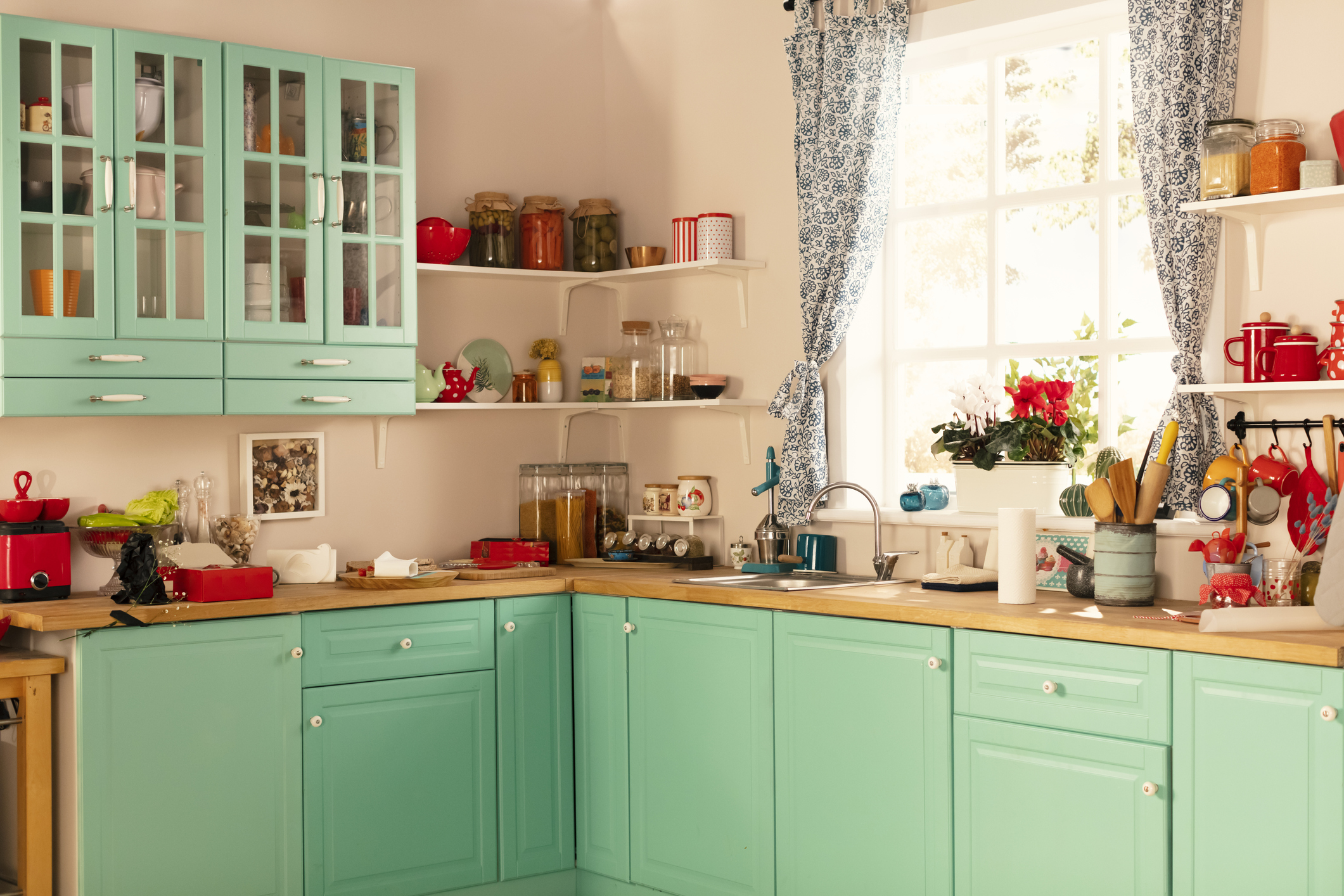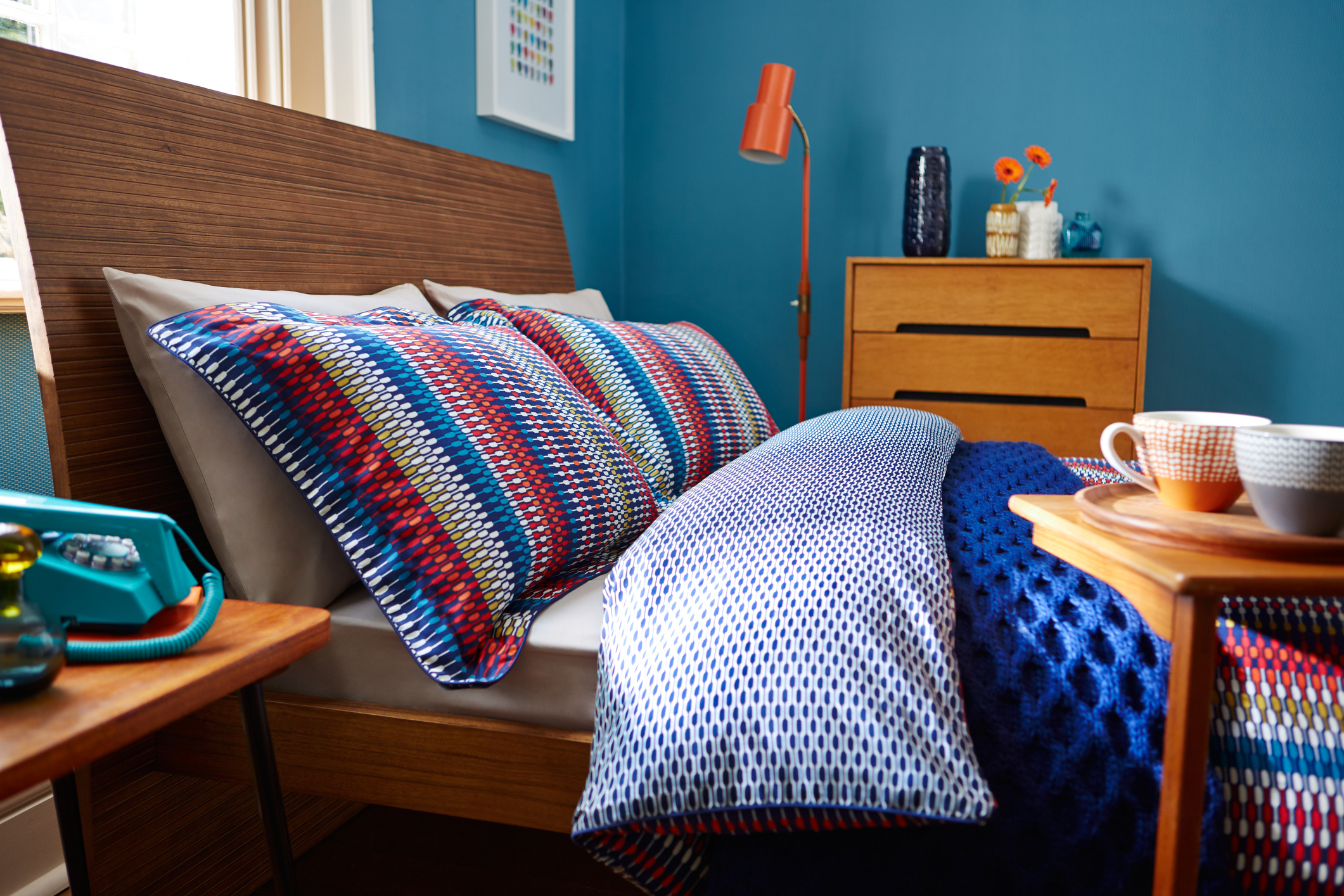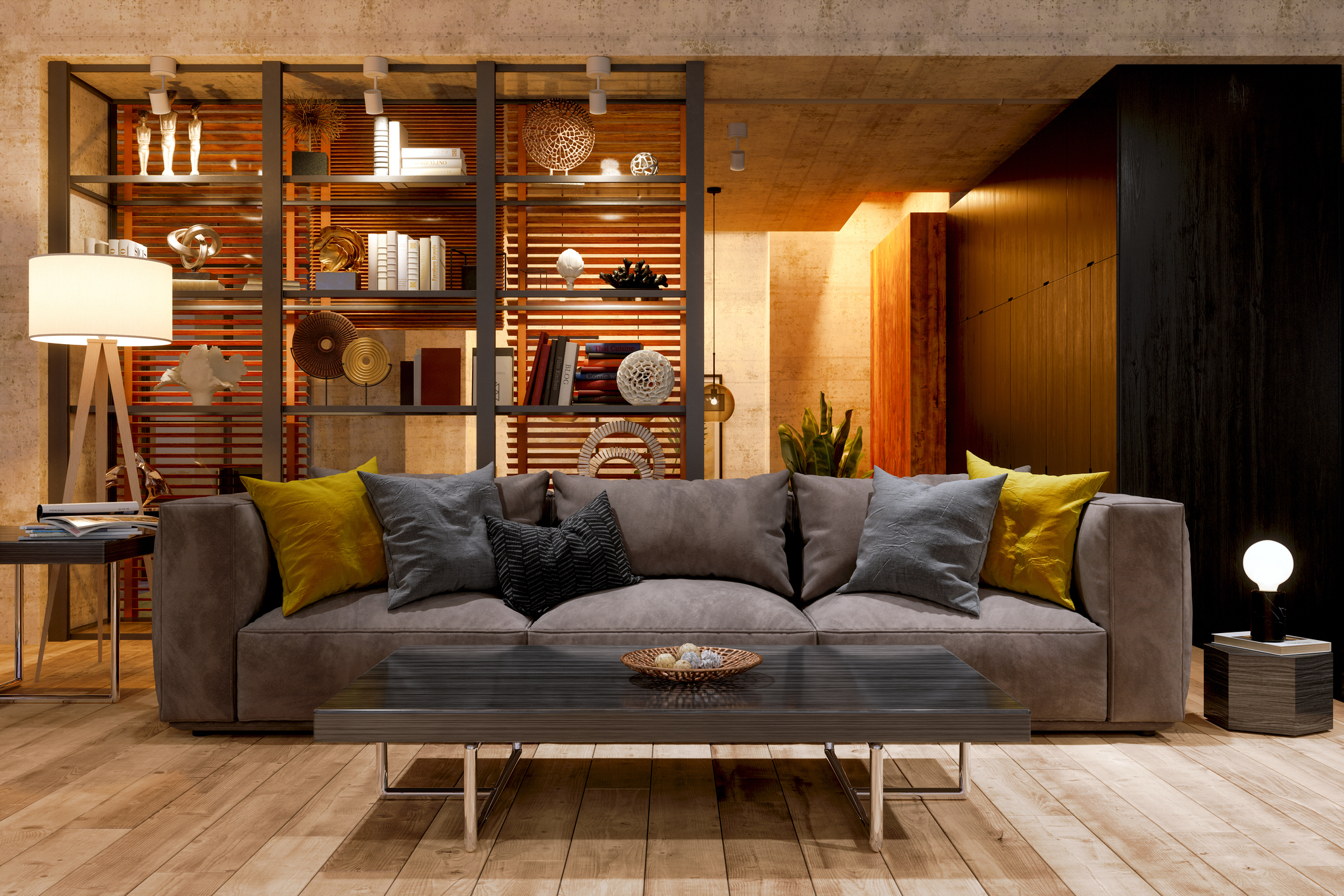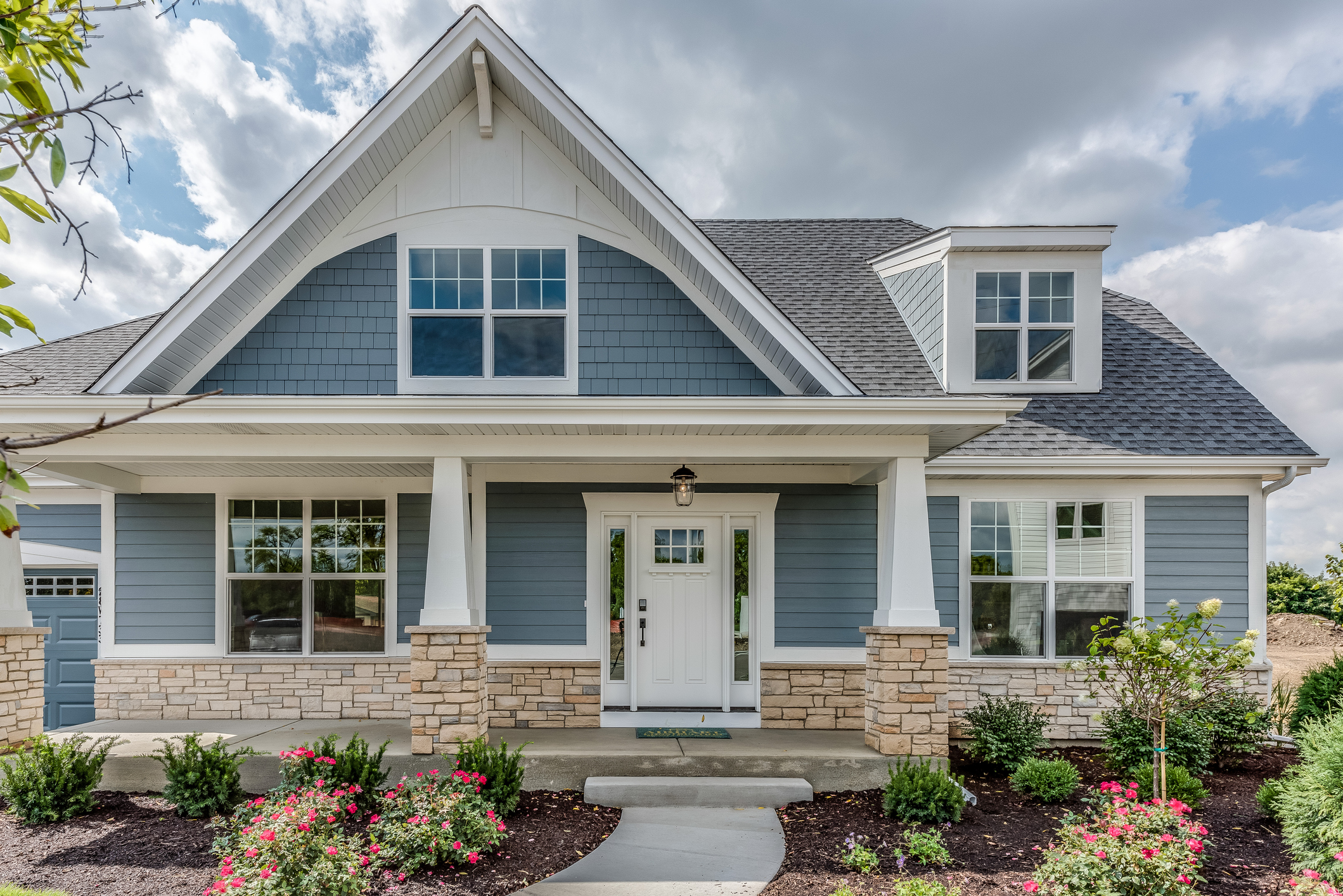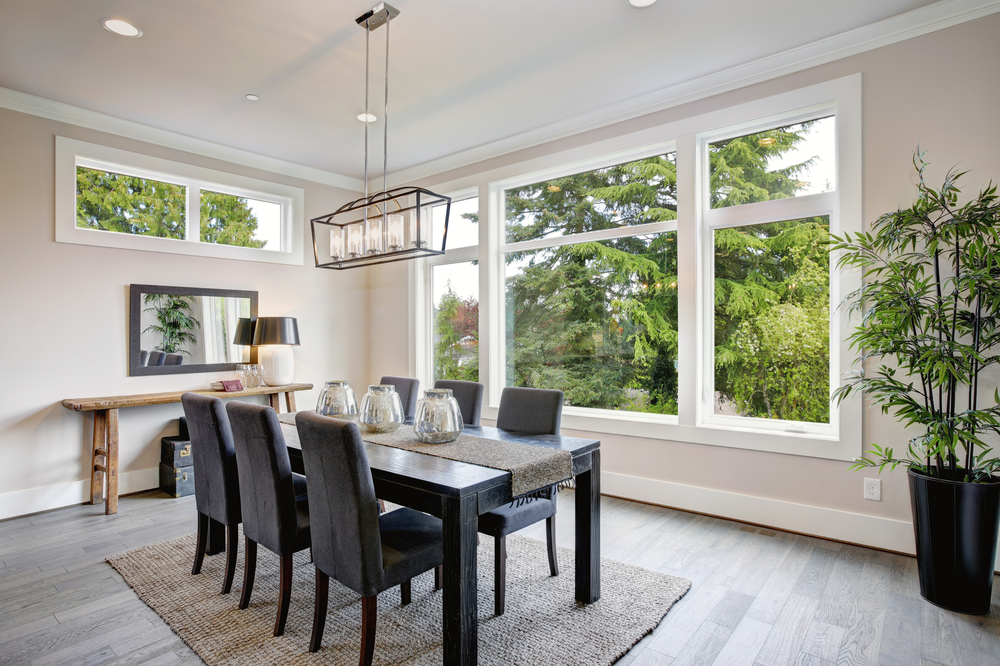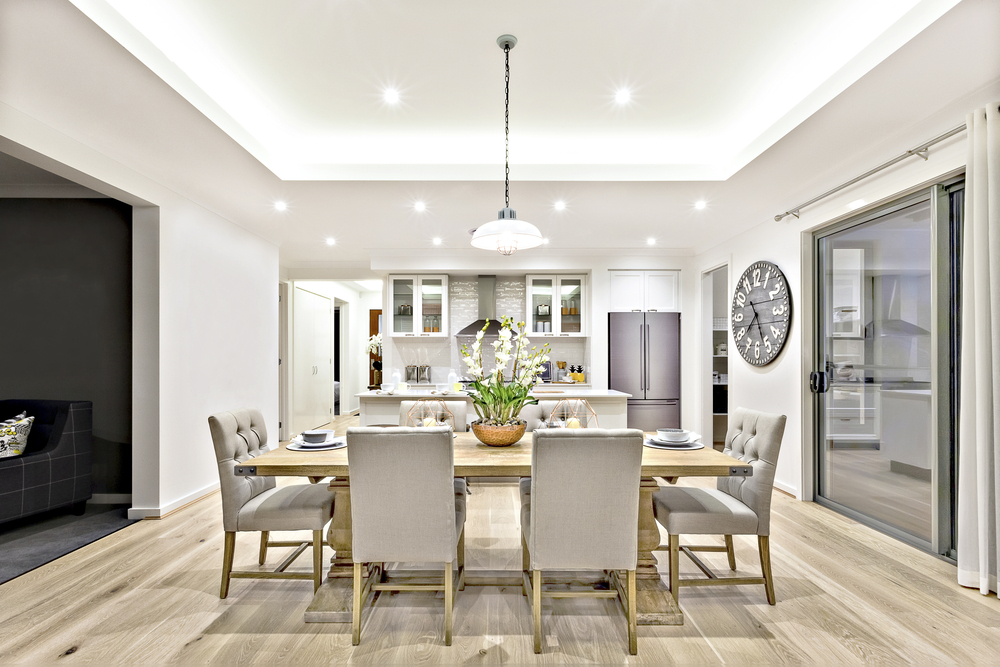With so much in flux during the period between selling a home and buying a new one, short-term financing can provide some calm among the storm. With the fate of two properties up in the air, those who are selling a home will often look to secure a bridge loan to bridge the gap between the sale of their existing home and the purchase of a new one. So, is a bridge loan right for you? The following information is meant to help you decide whether it is a fitting solution.
What is a bridge loan?
Bridge loans have shorter terms—generally up to one year—than mortgages and often come with higher interest rates. Bridge loans allow buyers to borrow a portion of the equity in real estate they already own (usually their current primary residence) to use as a down payment on the purchase of a new residence. Borrowers will commonly package the two loans together, in which they borrow the difference between the amount they owe on their current home and a percentage of the home’s value (often 75% or 80%). Just like a home equity loan, a home equity line of credit (HELOC), or a mortgage, bridge loans are secured by your current home as collateral.

Image Source: Getty Images – Image Source: Natee Meepian
Bridge Loans: Pros
- Once your home sells, you can use the proceeds to pay off the bridge loan, leaving you with only the mortgage for your new home.
- Bridge loans can get you cash quickly to expedite the transition from one house to another.
- With a bridge loan, you can expect a shorter application and loan-approval process than a typical mortgage.
- A bridge loan offers you the opportunity to buy a new house before your current one sells. As a buyer, this allows you to make a contingency-free offer on a new house, meaning you can still make the purchase without having to sell your current home first. This can be a useful resource in a seller’s market, where sellers may view an offer without contingencies as favorable amongst the competition.
Bridge Loans: Cons
- If your home doesn’t sell in the allotted term, you’ll be left with making payments on your current home’s mortgage, your new home’s mortgage, and the bridge loan.
- Bridge loans usually come with higher interest rates than a typical mortgage and come with their own set of costs, including interest, as well as legal and administrative fees.
- Having a low debt-to-income ratio, a solid credit score, and a considerable amount of equity in your current home are all required to secure a bridge loan, so qualifying may be out of reach for some homeowners.
Alternatives to Bridge Loans
Home equity loans, home equity lines of credit (HELOCs), and personal loans are all viable alternatives to bridge loans that can still create a pathway to purchasing your new home. Be sure to compare the costs associated with each line of financing before making your decision.
 Facebook
Facebook
 X
X
 Pinterest
Pinterest
 Copy Link
Copy Link








